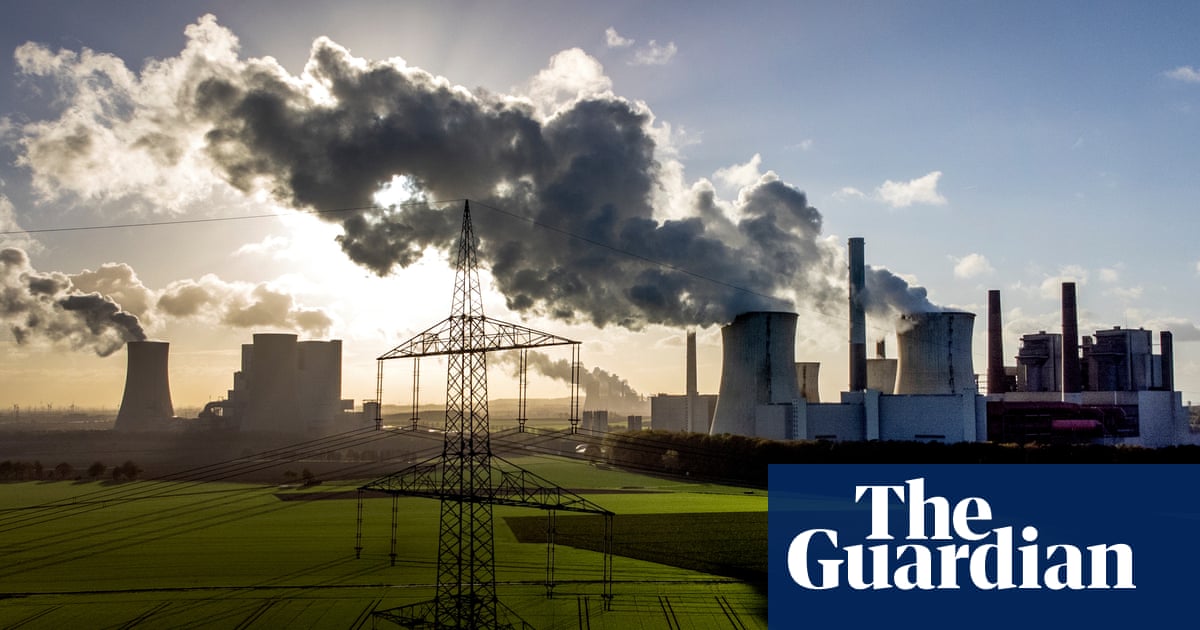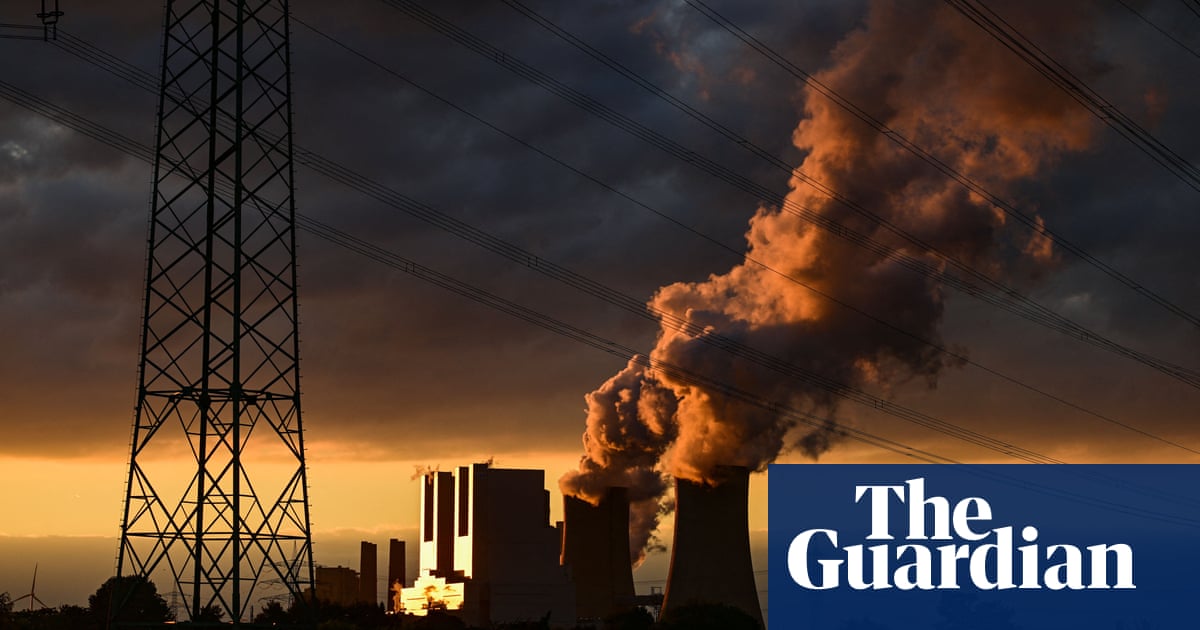
European countries must bridge the vast “planning gap” between their climate targets and action plans, according to a report.
The national energy and climate plans (NECPs) that EU member states made in 2019 are outdated, lack key details and do not line up with long-term strategies, according to analysis from the environmental nonprofit organisation Clean Air Task Force. Only half of the states have submitted a fresh proposal two months after an EU deadline for draft plans passed in June.
“Three decades is a very short period to plan, permit, and construct the power system that we need in 2050,” said Alejandra Muñoz Castañer from CATF, lead author of the report. Governments have a “one-time opportunity to really take their planning endeavours more seriously, which they haven’t done in the past”.
The report calls on member states to use their action plans to support a wider range of clean technologies, send clearer signals to investors of where to put their money, and plan cross-border infrastructure like electricity pylons and hydrogen pipelines.
It also calls for a greater focus on solving practical problems like training enough workers and making it easier to get permits for clean energy projects.
A spokesperson for the European Commission said it was working closely with the member states to ensure timely submission of their plans, and will issue an assessment of them by the end of the year.
The EU has promised to cut greenhouse gas pollution by at least 55% from 1990 levels by the end of the decade and hit net zero emissions by 2050. But a report from the European court of auditors in June found “little indication that actions to achieve 2030 climate and energy targets will be sufficient”.
The commission has said that NECPs, which outline how governments will meet their energy and climate goals, are “crucial for mobilising the massive investment needed” for climate neutrality and energy security. The last round of plans were written shortly before the Covid-19 pandemic and the EU’s green-stringed recovery packages.
Since then, Russia has invaded Ukraine, sending gas prices soaring and sparking a continental push to boost energy security, while the US has passed a landmark climate bill that has spurred a global race to support clean technologies.
The EU has also overhauled its own climate goals. Since the last round of plans it has raised its 2030 targets for renewable energy from 32% to 42.5%, for energy efficiency improvement from 32.5% to 36%, and for carbon removal from land use from 225mtonnes to 310m tonnes.
Setting ambitious targets is an important step, said Nicole Pavia, a clean energy analyst with CATF and co-author of the report, “but what we see countries, regions, member states and the EU as a whole struggle with is: How do we get from today to 2030?”
Only a handful of countries met the EU deadline for the next round of NECPs at the end of June and as of mid-September just 15 of the 27 member states have submitted a draft.
Among the laggards are Germany and France, the two biggest greenhouse gas polluters in Europe, as well as Poland, the fourth-biggest. Italy, Spain and the Netherlands have submitted updated plans, along with a dozen smaller polluters.
Raphael Hanoteaux, a policy adviser at climate thinktank E3G, said the EU’s rapid push for increased renewables and reduced consumption of fossil gas mean that “timely submission of these plans is paramount”.
Member states have also seen a shift in priorities at home. Germany, for instance, was ordered by its constitutional court in 2021 to update its climate law because of provisions that “irreversibly offload major emission reduction burdens on to periods after 2030”.
In August, the German environment agency found that the country has closed 70-80% of the gap between its policies and targets, compared with what it was in 2021, but “additional measures are still needed” to clean up its transport, buildings and industry sectors.
Germany’s last NECP “was more of a box ticking exercise,” said Charly Heberer, an adviser on EU climate policy at nonprofit Germanwatch. “We would hope that the next NECP has been thought of a bit more holistically.”
In central and eastern Europe, meanwhile, the last round of NECPs was “poorly implemented” and not tied closely enough to EU funds that could have helped drive change, a report from the NGO Bankwatch found in June.
The Clean Air Task Force report called on governments to “connect the dots” beyond 2030 to 2040 and 2050, and better track progress to get there. The EU has not yet set a target for its greenhouse gas pollution in 2040 but plans to do so before elections in May 2024.
Its scientific advisory board said in a report in June that the EU should aim for reductions of 90-95% by 2040 relative to the levels at which they were in 1990.












